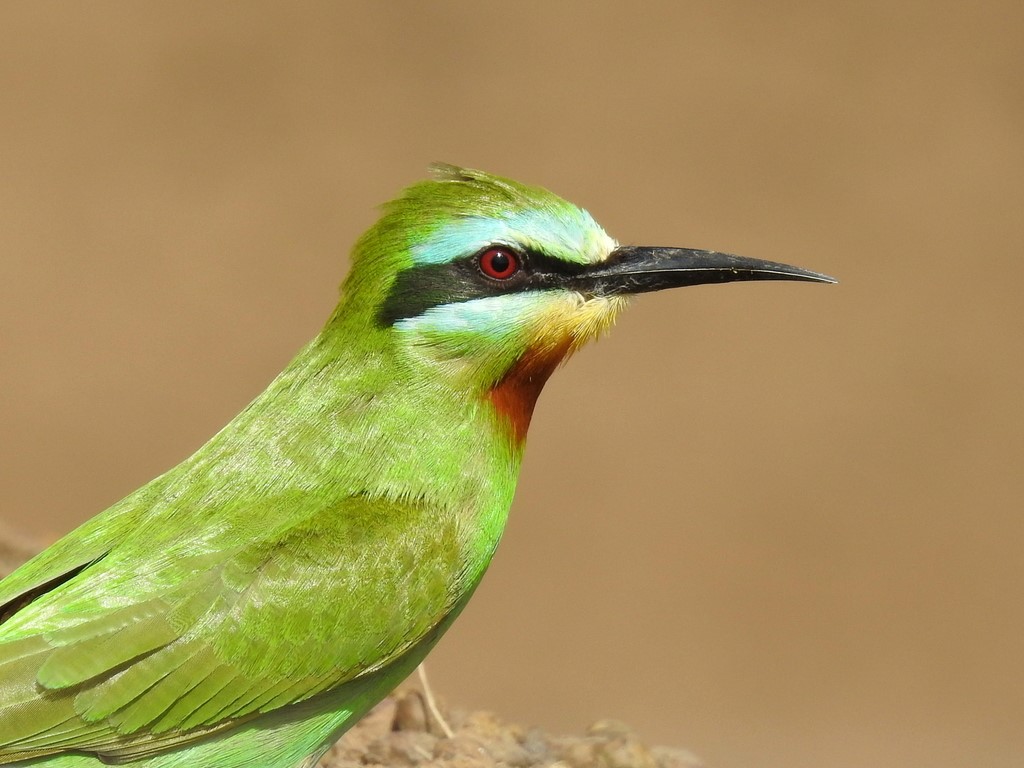7667766266
enquiry@shankarias.in
The first breeding site of the Blue-Cheeked Bee-eater in peninsular India has been discovered in the saltpans of Aandivilai near the Manakudy Mangroves in Kanniyakumari district.
